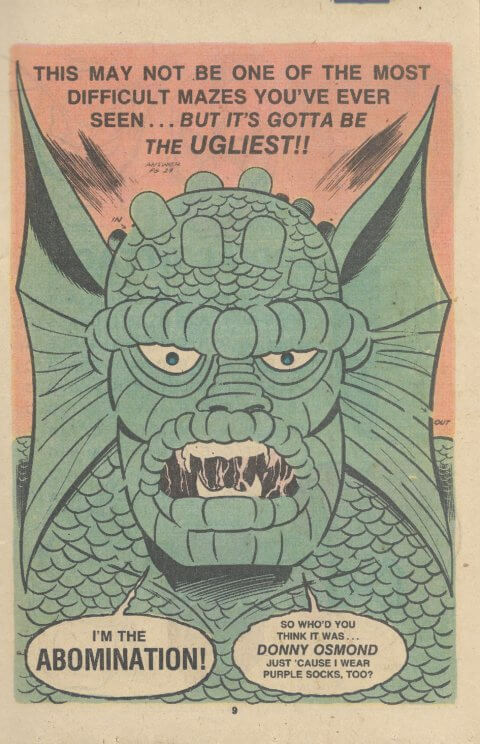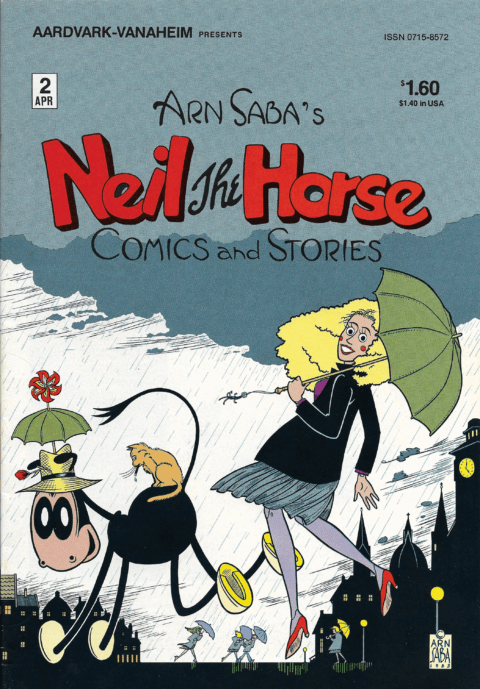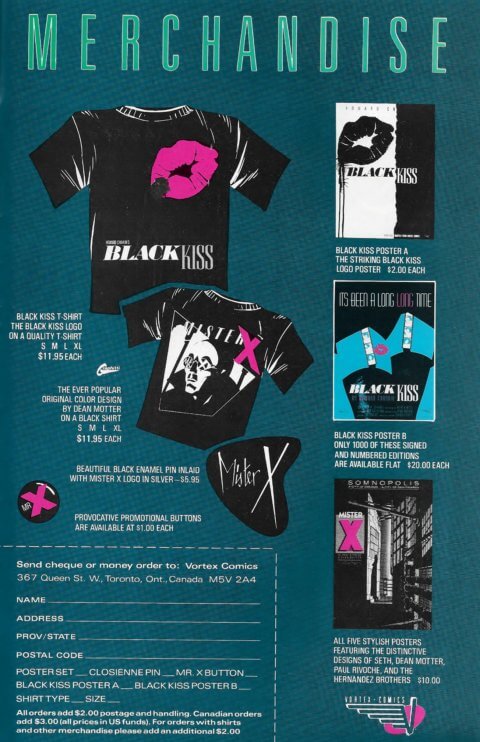When I was visiting New Brunswick in December, I was fortunate to stumble across the first three issues of Neil the Horse Comics and Stories at a collectibles store that I often drop into when I am in Saint John. Even though issues of the series are not rare, for some reason they are quite difficult to find in the Maritimes. I have had these comics on my radar for a while. Now that I have some issues in hand, it’s time to delve in.
Katherine Collins and her comics occupy a unique place in the history of Canadian comics. The whimsical Neil the Horse and his supporting cast (Soapy and Mam’selle Poupée) are like nothing else that you will find in the Canadian Silver Age. In fact, I would argue that for a brief period from 1983-1984 it was the best indie comic on the market in North America. Collins is also the first Canadian transgender comic book creator (though she didn’t fully transition until after leaving the comics industry). I will not be deadnaming her in my own text in this column. That said, Collins’ birth name is all over issues of Neil the Horse Comics and Stories, and I will not be censoring the name from any artwork or images that I share here.
Collins’ story in the lead-up to the publication of Neil the Horse Comics and Stories is quite interesting and her connections with other people in the comics industry is worth exploring. I have enough material to write more than one column, so this will be the first part of a multi-part series.
Collins was born in Vancouver, BC, in 1947 to a wealthy family and was the oldest of four children. Her mother, Allison McBain, is said to have been a cartoonist and comic book enthusiast, while her maternal great-grandmother, Mary “Dolly” Collins, was also a cartoonist in Manitoba. It is from her great-grandmother that Collins derives her surname. Unfortunately, I have been unable to find cartoons drawn by either McBain or Dolly Collins. Nevertheless, McBain encouraged her eldest child’s interest in comics and cartooning, especially via the work of Milton Caniff and Carl Barks.
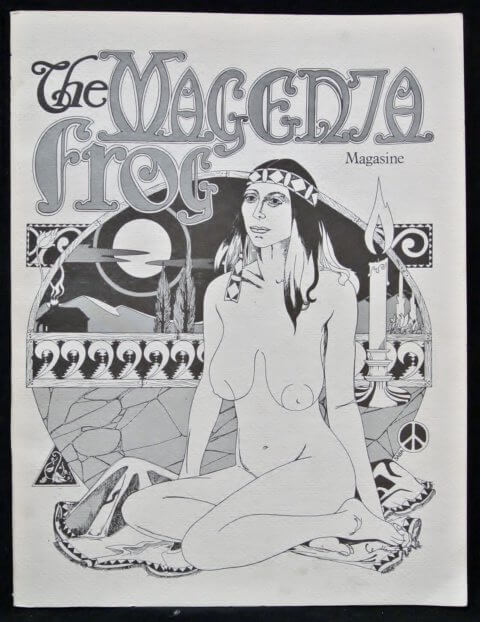
In 1965, Collins started attending the University of British Columbia to study Journalism and Print Production. During this time, she became involved in theatre and published her first comic strip, “Moralman,” in the student newspaper The Ubyssey. Collins dropped out of UBC during the late-1960s and focused on a career in the arts. Her first publications were a series of two magazines released under the name The Magenta Frog Magasine with Gordon Fidler through Talonbooks. I have not had a chance to ever look through either issue in person, but these are not comic books. From what I understand, these are avant-garde art magazines with a variety of different types of content. If I ever have an opportunity to track these down for a reasonable price, I will dedicate a column to them.
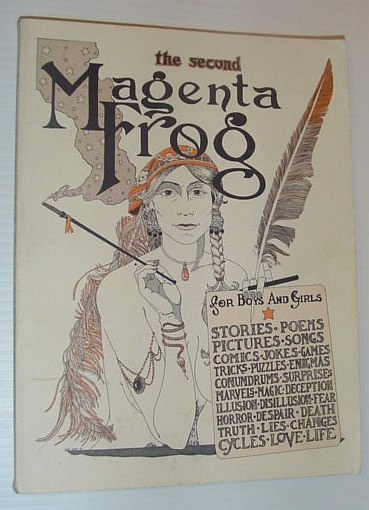
From 1974-1977, Collins worked as the Art Director for Pacific Yachting Magazine, while also performing as a member of the theatre troupe “Circus Maximus.” She moved to Toronto in 1977, where she worked for CBC Radio.
By the time that she arrived in Toronto, Collins had been drawing Neil the Horse cartoons for a few years. Both “Neil the Horse” and his sidekick “Soapy” (a wise-cracking, cigar smoking alley cat) first appeared in comic strips in 1975. After she moved to Toronto, Collins joined forces with cartoonist Jeff Wakefield (creator of Bubblegummers) to form Great Lakes Publishing (aka GLP Features), a cartoon syndicate designed to promote Canadian newspaper comic strips. Afterwards, Collins’ strips appeared in newspapers for several years. GLP Features quietly folded by 1982.
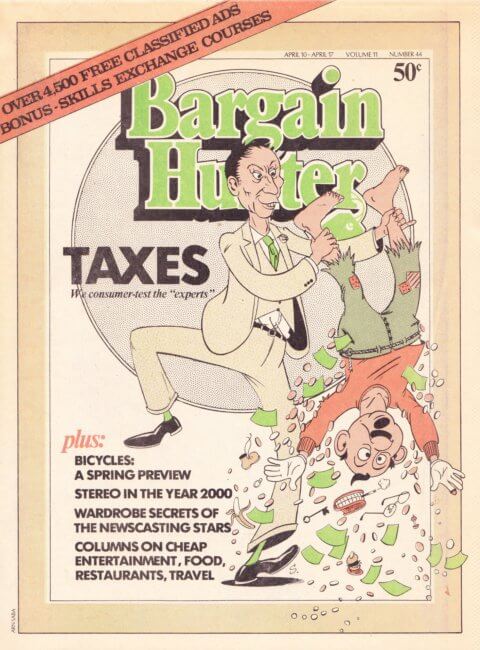
As Collins’ profile grew, Neil the Horse strips started being printed elsewhere. Potlatch Publications included some of Collins’ work in both their 1980 and 1981 Canadian Children’s Annual books and featured Neil the Horse in the company’s Potlatch Presents: The 1980 Comics Annual. This is the first appearance of the character in a comic book.
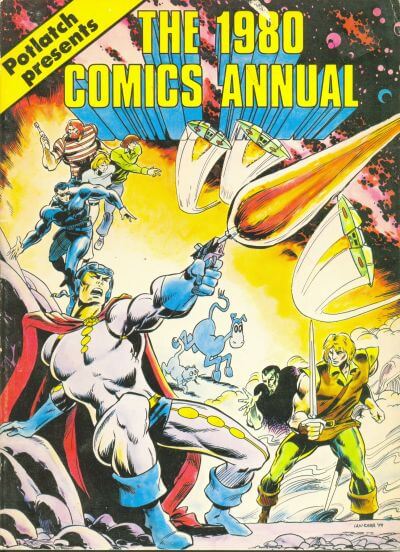
Soon after this, a recoloured Neil the Horse strip was reprinted in the Charlton Bullseye # 1 in 1981. This was followed by an eight-page story in Charlton Bullseye # 2. Both issues are oftentimes erroneously referred to as the first appearance of “Neil the Horse” in comics. The Charlton Bullseye appearance did catch the attention of Deni Loubert and Dave Sim, who were expanding the roster of creators and titles at Aardvark-Vanaheim at the time. They offered Collins an opportunity to publish Neil the Horse comics first as a backup series in Cerebus the Aardvark and later as its own standalone comic book. The character first appears in Cerebus the Aardvark # 44 in October 1982, whereas the standalone comic book debuted in February 1983.
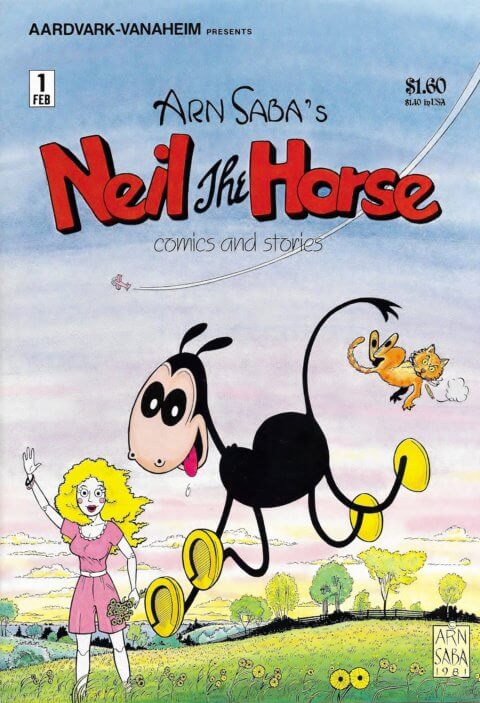
In 1979, Collins met Barb Rausch at an event in California. Rausch was working as an art teacher at the time but had a unique relationship with the comics industry that is worth exploring here. Rausch was born in 1941. As a teenager in the mid-1950s, Rausch became a huge fan of Bill Woggon’s comic book character “Katy Keene.” Woggon’s comics were unique insofar as he encouraged his readers (who were mostly young girls) to send in their fashion designs for Katy Keene. He would then redraw them and use them in his comic strips, or as standalone fashions or paper dolls in his works. He would always credit whoever sent him the design. By the time that she was fifteen, Rausch was regularly contributing her designs to various Katy Keene series such as Katy Keene Fashion Book Magazine and Katy Keene Comics.
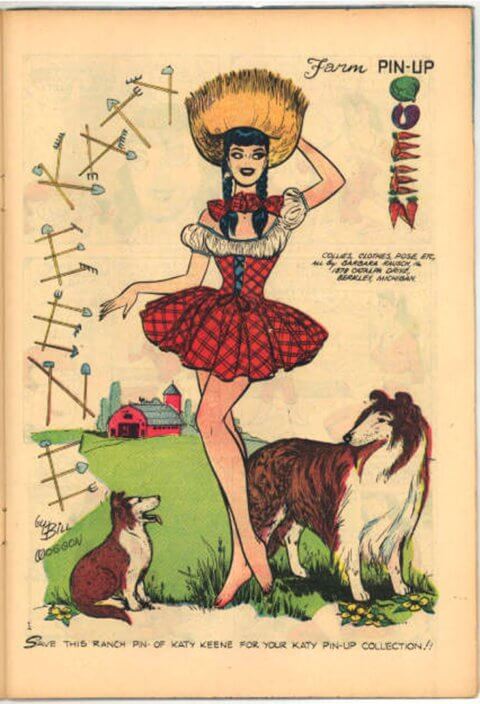
By the time that the Katy Keene titles had all ended in 1961, Rausch was a regular contributor, who also involved in plotting some of the stories and doing penciling too. Woggon even named her “Designer of the Year” in 1960’s Katy Keene Annual # 6. Yet, after the Katy Keene comics ended so too did Rausch’s comic career. At least until she met Katherine Collins.
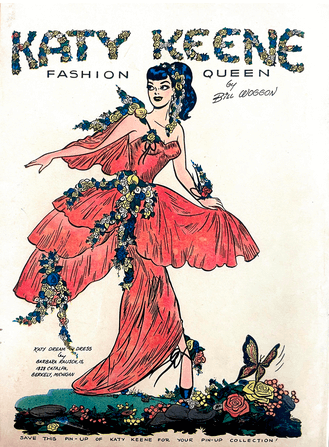
Rausch became a frequent collaborator with Collins and helped develop the third major character in the Neil the Horse cannon, Mam’selle Poupée, a worldly marionette who would eventually become the focus of the series. Rausch’s first published work with Collins appeared in Cerebus the Aardvark # 45 in December 1982.
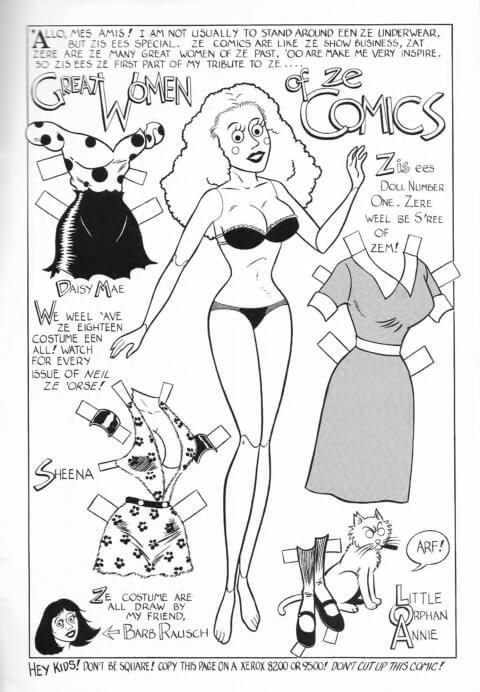
Other than collaborating with Collins, Rausch is probably best known today among comic collectors for providing artwork for the 1990s Marvel Barbie series. However, before she started working for Marvel, she ended up publishing her own series, Vicki Valentine, through Deni Loubert’s Renegade Press from 1985-1986. The series ran for four issues and was a full circle moment for Raush, as she collaborated with her mentor, Bill Woggon, who wrote scripts for the comic.
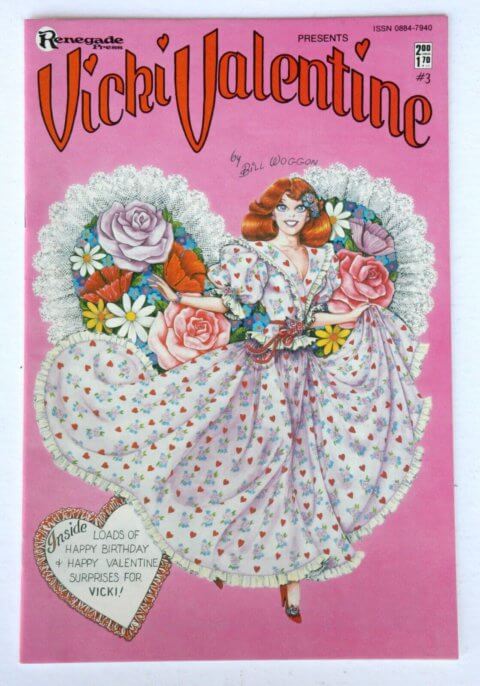
Given that everything Barbie was in the spotlight in 2023 because of the success of the Margot Robbie film, Rausch’s comics have garnered a bit more attention lately. We sold through every Barbie comic we had last year, several of which featured Rausch’s work. Rausch died in 2001.
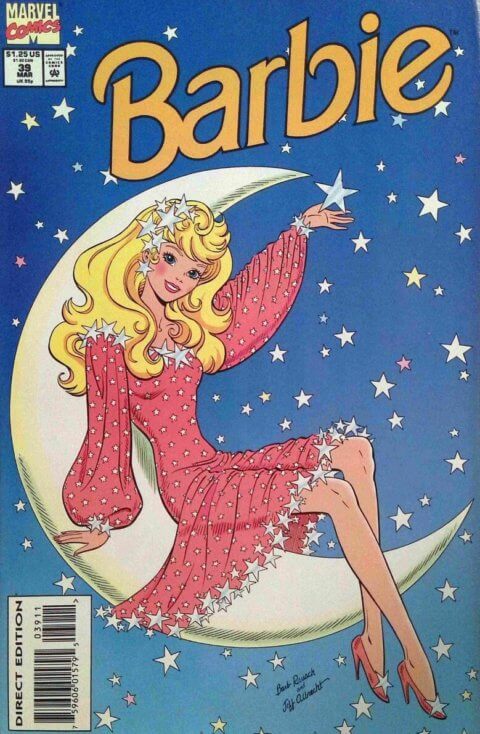
Collins’ other regular collaborator was Dave Roman. Roman contributed backgrounds and inks to Neil the Horse Comics and Stories. I have been unable to learn much about Roman beyond his work with Katherine Collins, but he did contribute a comic to Scary Tales # 37 in 1983 called “Alien Encounter,” as well as a story in The Puma Blues # 20 in 1988 called “The Lake.”
Next month I will delve further into Katherine Collins’ work, the impact of Neil the Horse, and its links to the wider comics scene. For the remainder of this column, I wanted to provide an update on last month’s topic: Hunting for Vortex Merch. In the column I used an old Vortex Comics merchandise advertisement that I found in the back of a comic book as a foil to see if I could find said merchandise for sale on eBay or elsewhere. Ultimately, I was able to track down most of the stuff depicted in the advertisement. However, there were several Mister X posters, as well as a pinback that eluded me. Much to my surprise, I received an email from Conan Tobias (the director of the Doug Wright Awards) not long after the column was published, and he provided me with images of the items in question from his personal collection. With his permission, I am sharing the images here.
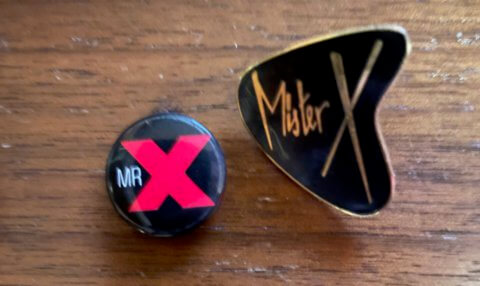
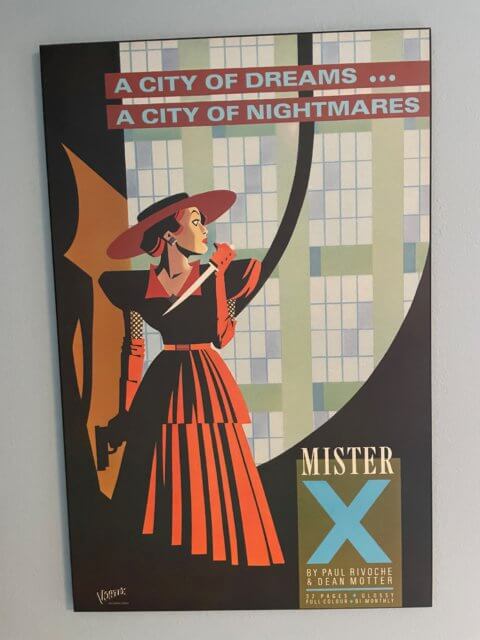
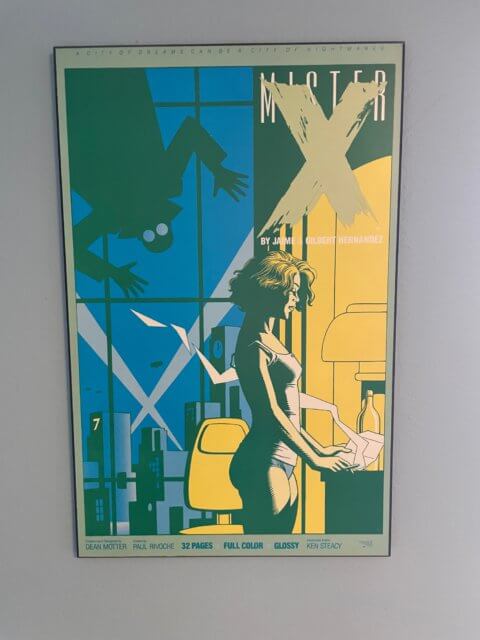
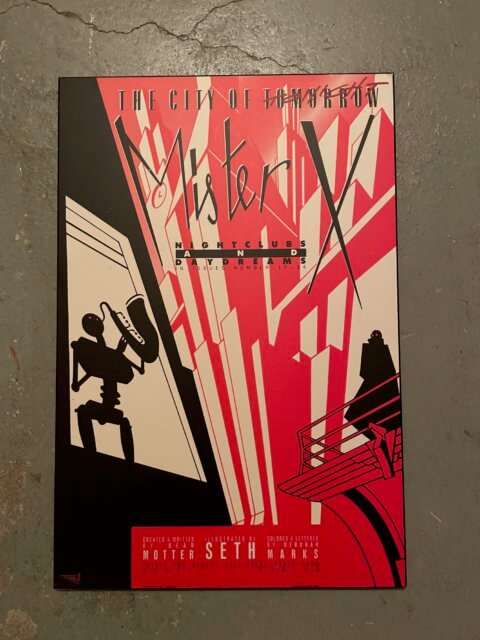
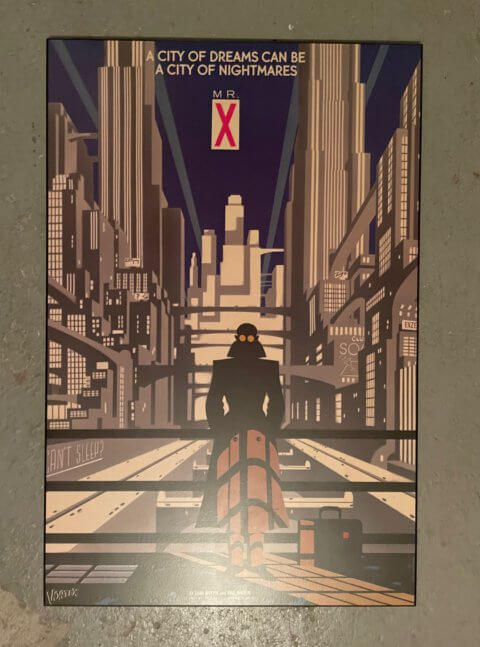
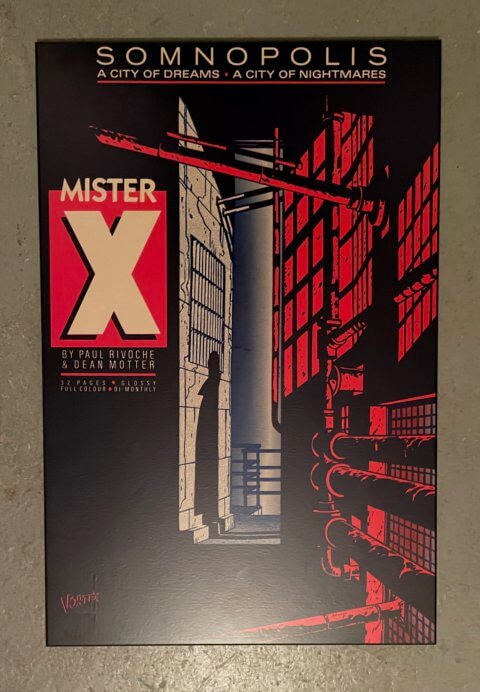
These posters were released together as a set for $10 CAD based on the advertisement. They really are gorgeous examples of the artwork that people like Seth, Paul Rivoche, and the Hernandez Brothers were creating for Vortex in the 1980s. According to Mr. Tobias the Hernandez Brothers poster pictured above has colour fading. The others look like they are brand new. Thanks again, Conan, for sharing these with me so that the wider comics community has access to them. I really appreciate it and I am sure that Forgotten Silver readers will too!
A couple of other bits of news. Some readers (and some of our regular customers in Atlantic Canada) were expecting us to vend at April’s Halifax Vintage Paper Show. Please be advised that we will no longer be participating in the event. Instead, we will be putting our efforts towards promoting a new comic show in Dartmouth that will be happening on April 20, 2024: Back Issues Comicon. The event is being organized by Chris Bousquet, who recently started lettering for Andrew Clark on one of the most popular indie titles in the region, Adam. Former Chapterhouse editor, Tony White, is also part of the group organizing the event and it looks like it will be a fun way to help grow the scene. For more information check out their Facebook, Instagram or X (formerly Twitter) pages.
Well, that’s it for now. I will be back with more about Katherine Collins and her characters in March.

